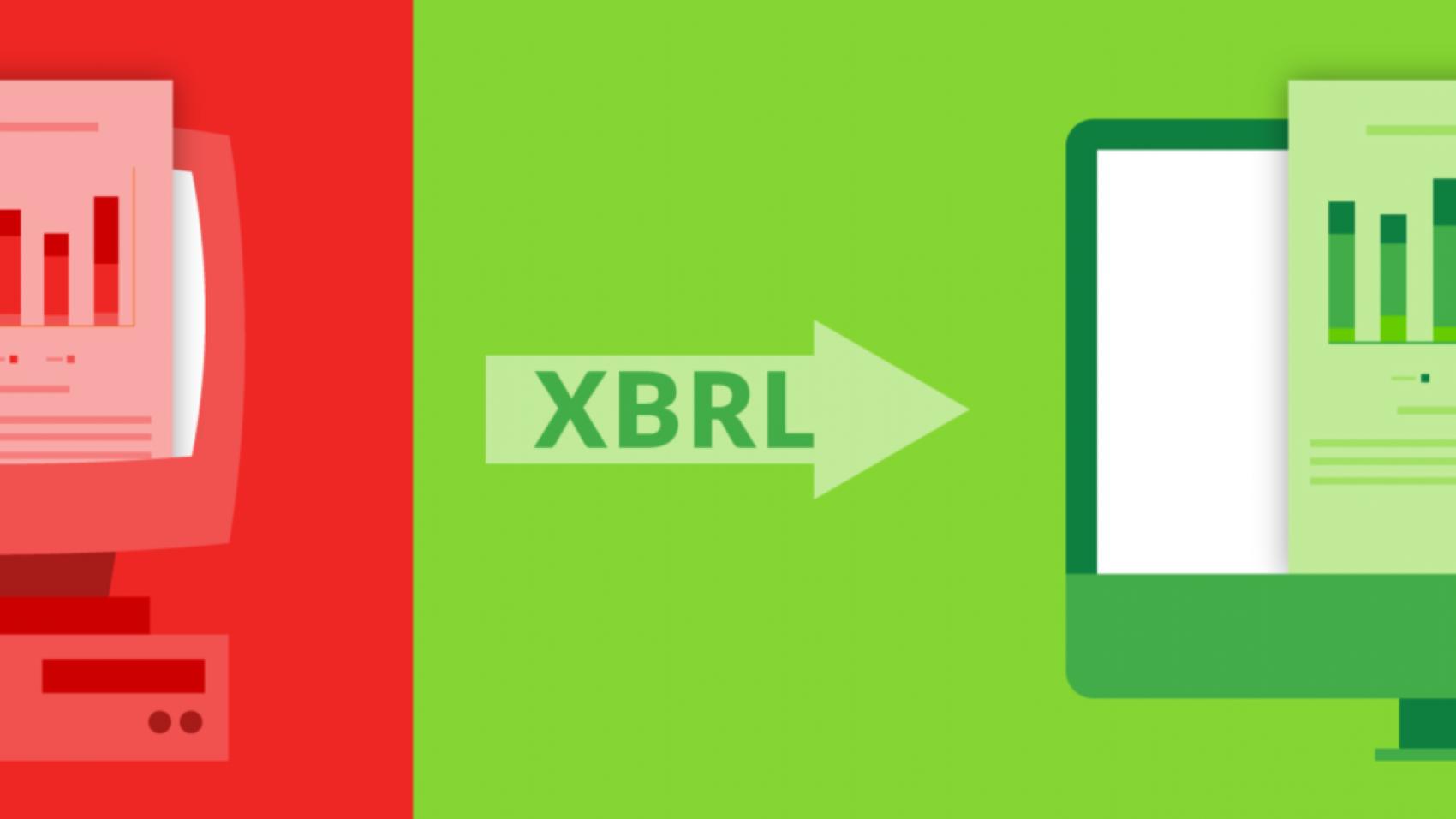FERC Commits to XBRL: What's Next for Energy Firms

On June 20, 2019, the Federal Energy Regulatory Commission (FERC) revised its electronic filing format to require energy companies to submit annual financial and operations information in XBRL® format. FERC said it is transitioning to standardized, machine-readable data to make it easier for companies to submit data and to enable FERC and other market participants to provide a faster, more accurate analysis of energy company data. FERC also believes that, over time, this change will lower costs associated with preparing and filing financial reports.
FERC purposefully looked for a new data reporting standard that was nonproprietary, allowing for independent design and implementation of systems by many software vendors rather than relying on a single company’s support of proprietary software. (FERC's current system, Visual FoxPro, is a Microsoft® product and no longer supported by that company.)
As a result of this effort, the filings will be submitted in machine-readable format as data files. That eliminates manually entering data into a web form. It also enables FERC to process and analyze the data quickly and correctly and fulfill their oversight responsibilities with great speed and accuracy.
Why did FERC decide to switch to XBRL?
FERC chose the nonproprietary XBRL data-encoding language for the following advantages:
- It's a global, nonproprietary data-encoding standard, especially well-suited for business and financial reports.
- It provides for the creation of a taxonomy (i.e., data dictionary that defines a classification hierarchy) to define the content of a report.
- Terms in the taxonomy may be associated with an authoritative definition, eliminating ambiguity. The data dictionary may also represent rules on data quality such as how numbers are supposed to total or a permitted range of values. Based on these rules, software can validate data quality before submission.
- Each value reported is captured with context, including the date of measurement, and if the value is a number, the unit of measurement and the precision or rounding characteristics.
- Finished reports are interoperable data, meaning that they can be easily shared between different information systems and platforms.
- The XBRL format is widely supported by many software companies including Workiva, the market leader in providing software for reporting to the Securities and Exchange Commission, which also has required XBRL and now Inline XBRLTM filings.
XBRL provides for a computer encoding of human standards. The requirements do not change the amount or type of data that is reported to FERC. They just change the mechanism of data delivery to FERC—same data, now delivered in the XBRL data-encoding format.
Which forms does FERC's XBRL requirement cover?
The XBRL requirement will apply to the forms in the table below, which comprises the quarterly and annual reports of public utilities, electric utilities, natural gas companies, oil pipeline companies, and centralized service companies.
| Form | Length (pages) | Hours/year | XBRL hours/year |
| 6 | 72 | 161 | 14 |
| 6-Q | 72 | 450 | 42 |
| 2A | 82 | 250 | 14 |
| 2 | 143 | 1,623 | 14 |
| 3-Q | 54 | 501 | 42 |
| 1F | 60 | 122 | 14 |
| 60 | 35 | 75 | 3 |
| 714 | 31 | 0 | 2 |
| 1 | 134 | 1,168 | 14 |
| TOTAL | 683 | 4,350 | 159 |
That's a lot of paper and a lot of time spent. The requirement to add XBRL as the reporting format, by my review of FERC's estimate, adds 3.6% to the reporting burden (in terms of preparation time). FERC does not estimate the offsets that XBRL may bring about on the paper-based side of compliance. XBRL-based disclosure modernization for SEC public company reporting resulted in substantial offsets, reducing the total reporting process burden. One can expect similar benefits from this similar reporting arrangement.
What happens now
FERC will need to adopt a taxonomy before energy companies start submitting XBRL filings, but it doesn't hurt to plan ahead.
FERC has said its staff will lead a technical conference to let the energy industry, software vendors, and the public weigh in on important details including the taxonomy that will guide how XBRL tags are applied to the data companies will submit. The conference will also be a chance to discuss the implementation schedule before FERC issues any order adopting a taxonomy, protocols, and implementation schedule.
In an upcoming blog post, I will cover the benefits of the XBRL shift to FERC, to the energy companies who are to comply with this change, and to energy consumers.
Scroll down to subscribe to this blog to receive alerts on our latest posts.
XBRL® and Inline XBRLTM are trademarks of XBRL International, Inc. All rights reserved. The XBRLTM/® standards are open and freely licensed by way of the XBRL International License Agreement. Microsoft is a trademark of Microsoft Corporation in the United States and/or other countries.

